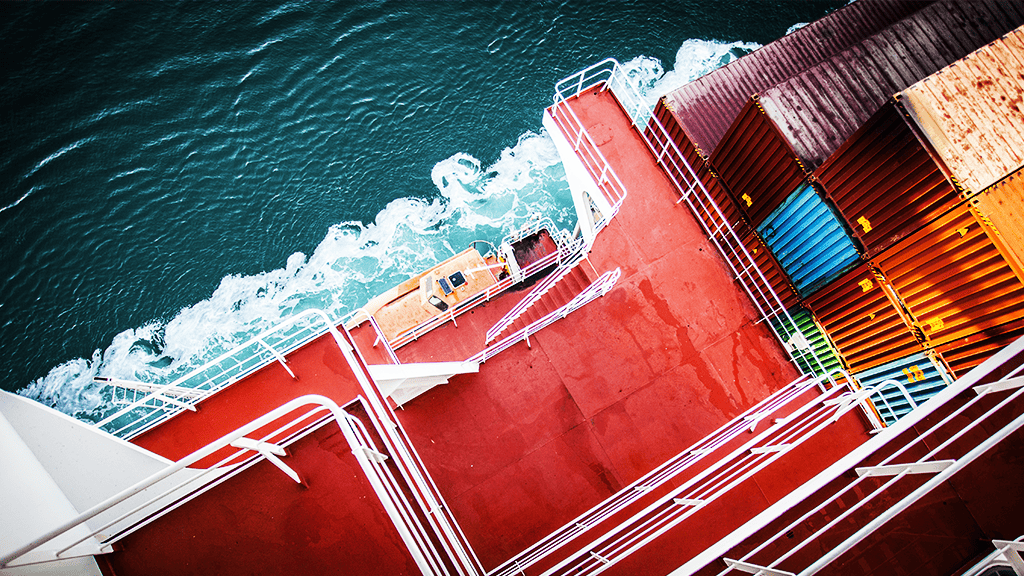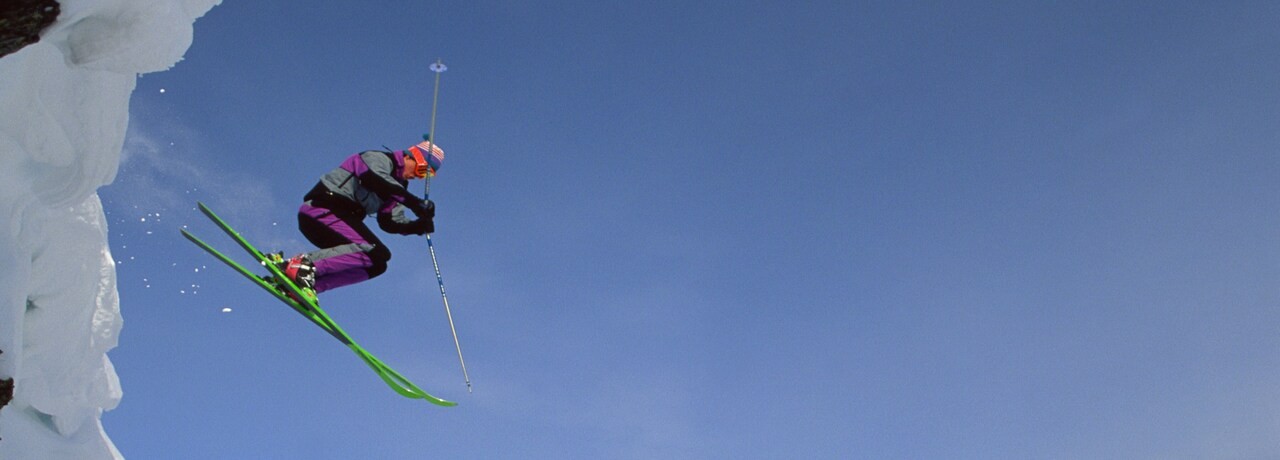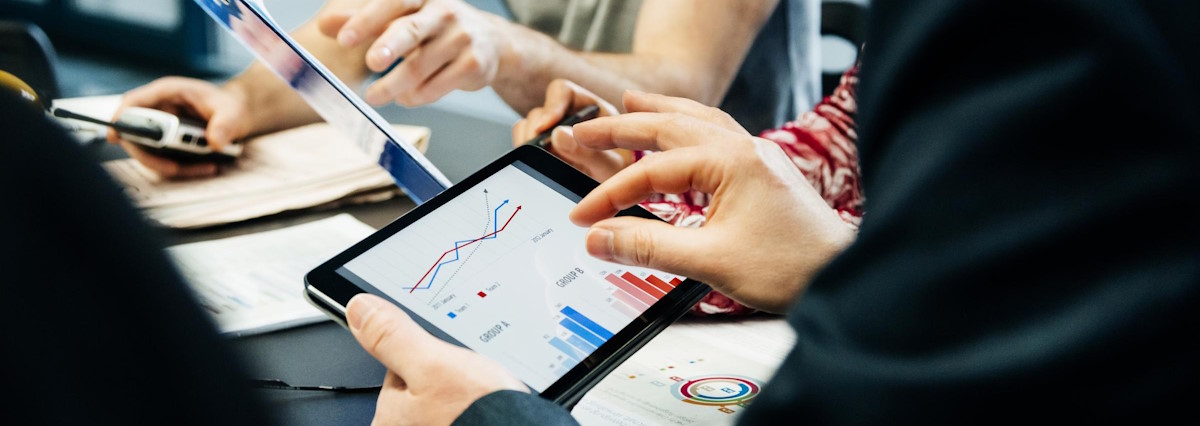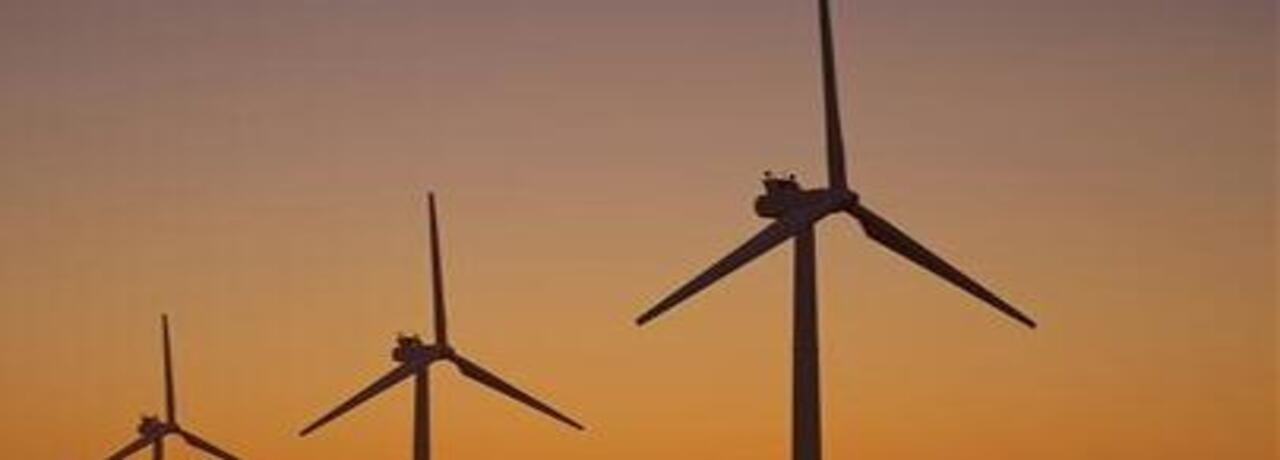Q2 real GDP growth remained stable at +0.5% q/q. However, in y/y terms it fell to +1.4%, the slowest rate since Q3 2009, from +1.7% y/y in Q1 2019 and +2.7% in 2018 as a whole. The ongoing deceleration has been triggered by a sharp contraction in fixed investment, owing to a protracted downturn in the real estate market (plummeting housing investment) and subdued consumer spending. Meanwhile, the external sector has strengthened, though not enough to counterbalance the slump in domestic demand. Exports of goods and services rose +15.3% y/y in H1 2019 (+13.1% in all of 2018), bolstered by healthy commodity prices as well as continued steady demand from China. Meanwhile, the Reserve Bank of Australia (RBA) lowered its key policy interest rate by 25bp each in June and July to 1.0%. Consumer price inflation increased to 1.6% y/y in Q2 2019 from 1.3% in Q1 but is forecast to remain below the RBA’s 2%-3% target range until end-2020. Hence, further monetary easing is possible, in need. We expect full-year GDP growth of +1.6% in 2019 and, as the export boom will fade, +1.0% in 2020.

Australia: Slowdown
Q2 real GDP growth remained stable at +0.5% q/q. However, in y/y terms it fell to +1.4%, the slowest rate since Q3 2009, from +1.7% y/y in Q1 2019 and +2.7% in 2018 as a whole. The ongoing deceleration has been triggered by a sharp contraction in fixed investment, owing to a protracted downturn in the real estate market (plummeting housing investment) and subdued consumer spending. Meanwhile, the external sector has strengthened, though not enough to counterbalance the slump in domestic demand. Exports of goods and services rose +15.3% y/y in H1 2019 (+13.1% in all of 2018), bolstered by healthy commodity prices as well as continued steady demand from China. Meanwhile, the Reserve Bank of Australia (RBA) lowered its key policy interest rate by 25bp each in June and July to 1.0%. Consumer price inflation increased to 1.6% y/y in Q2 2019 from 1.3% in Q1 but is forecast to remain below the RBA’s 2%-3% target range until end-2020. Hence, further monetary easing is possible, in need. We expect full-year GDP growth of +1.6% in 2019 and, as the export boom will fade, +1.0% in 2020.














